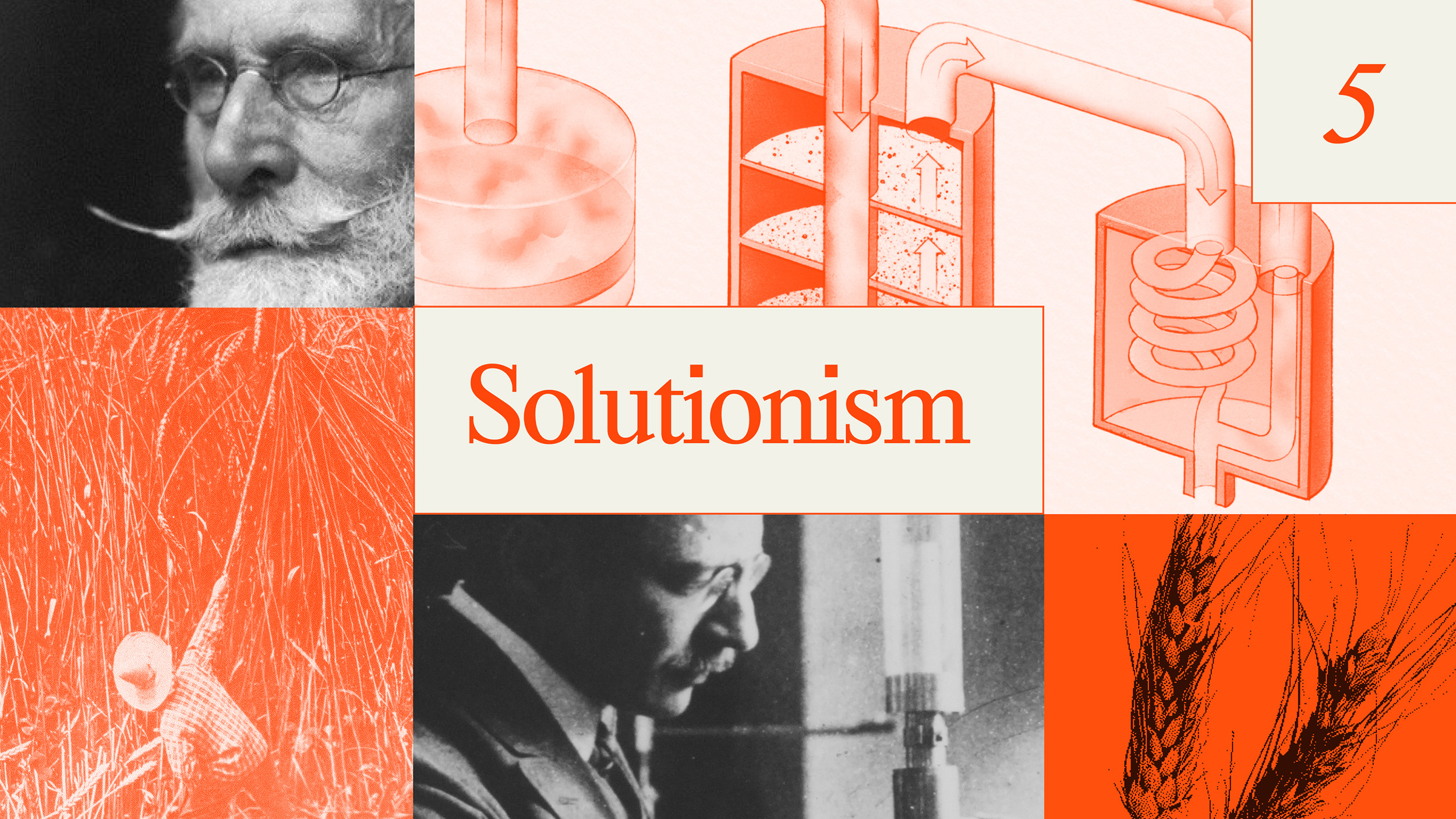Why the American Economy Will Stay Slow

Bad news from the future: the U.S. economy could be in for slow growth for decades to come.
According to a recent McKinsey Global Institute study, the economy is likely to stay slow even though the recovery finally seems to be gaining momentum. That has nothing to do with the facts that even if the economy continues to add jobs at the current rate it will take a decade to get the unemployment rate back down to 5% and that federal and state governments are likely to keep eliminating jobs. It really has nothing to do with our current economic crisis, and everything to do with long-term demographic trends.
McKinsey argues that the economy is likely to slow because as labor force participation drops—as more and more baby boomers retire and the number of new women entering the workforce slows—Americans who do work will have to support the increasingly large proportion of Americans who don’t. As a result, the income of working Americans will be divided among a larger number of people. McKinsey says that means that
If, over the next 10 years, the labor force were to grow as currently projected and productivity increases at the average 1.7 percent annual rate that the United States has posted both over the long term (1960 to 2008) and more recently (1990 to 2008), U.S. GDP growth would decline to 2.2 percent per year. With the working-age population declining from 67 percent to 64 percent, Americans, on average, would experience slower gains in living standards than did their parents and grandparents.
The impact could be huge. As McKinsey argues, a drop in the rate of economic growth from its 50-year average of 3.3% to an average of 1.5% over the next twenty years would be far more damaging over the long-term than a double-dip recession would be. In order to maintain the levels of growth in income that Americans are used to, working Americans will have to become much more productive. McKinsey estimates that labor productivity growth would have to increase from our current rate 1.7% to 2.3% a year. That means productivity growth would have to increase 34%—and return to a rate not seen since the 1960s.
It’s not impossible, but it’s not very likely either. Barring some spectacular technological advance—which is certainly always a possibility—we’ll have to need to boost our productivity enormously to support our aging population in the style to which it’s accustomed. McKinsey argues we could do that by investing in infrastructure and education, increasing energy efficiency, improving the regulatory environment for business, and making the public sector more efficient. But of course all these things are much easier said than done. So we should probably brace ourselves for slower growth—as well as more fights over pension funds and social security.





